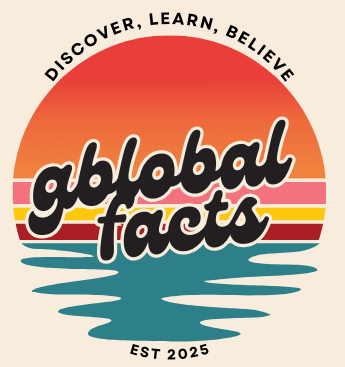Global facts
discover,learn, believe
People and lifestyle
People and Lifestyle
The study of people and lifestyle provides important insight into how communities live, interact, and express their cultural and social values. It reflects the diversity of human experience across the globe, shaped by history, geography, religion, economy, and modern influences.
Demographic Diversity of the World
The world’s population is a rich mosaic of ethnicities, cultures, languages, and traditions. People differ in appearance, language, belief systems, and social practices, yet they share common aspects of daily life. Population distribution varies greatly, with densely populated regions such as South Asia and East Asia, while other areas like the Arctic and deserts have sparse human presence due to environmental conditions.
Key demographic aspects include:
-
Age structure
-
Gender distribution
-
Urban vs. rural population
-
Migration patterns
Traditional Lifestyles
In many parts of the world, traditional lifestyles remain deeply rooted in history and community practice. These lifestyles often involve close family ties, agricultural livelihoods, and local craftsmanship. For example:
-
Indigenous communities in the Amazon live in harmony with nature, following ancestral practices.
-
Nomadic tribes in Mongolia continue to herd livestock across the steppes, following ancient seasonal routes.
-
Rural villages in parts of Africa and South Asia maintain traditional methods of farming, cuisine, and dress.
These traditional ways of life are often centered around communal living, mutual support, and respect for nature.
Modern Lifestyle Trends
The global shift towards urbanisation and industrialisation has dramatically changed people’s lifestyles, especially in urban and developed regions. Modern lifestyles are characterised by:
-
Fast-paced living
-
Digital connectivity and reliance on technology
-
Career-focused education and professional work environments
-
Consumer-driven culture and globalised food habits
Contemporary lifestyle choices reflect a balance between convenience, health awareness, environmental consciousness, and personal expression. There is growing interest in sustainable living, fitness culture, and mindfulness practices as responses to modern challenges.
Social Structures and Family
Family remains a central unit of society across the globe, though its structure varies significantly. Extended families are common in many traditional societies, while nuclear family models are more typical in urbanised regions. Social customs governing marriage, child-rearing, and elder care also vary by culture and religion.
Impact of Globalisation on People and Lifestyle
Globalisation has led to increased interaction between cultures, spreading ideas, lifestyles, and values across borders. While this creates opportunities for cultural exchange and economic growth, it also challenges local traditions. Western consumer culture, fast food, fashion trends, and global entertainment have been widely adopted, even as local cultures strive to preserve their unique identity.
The Future of People and Lifestyle
As technology advances and societies continue to evolve, lifestyles are expected to further transform. Remote working, smart homes, digital education, and virtual socialisation are becoming commonplace. However, efforts to preserve cultural heritage, promote sustainable practices, and respect human diversity remain crucial in shaping a balanced future.
